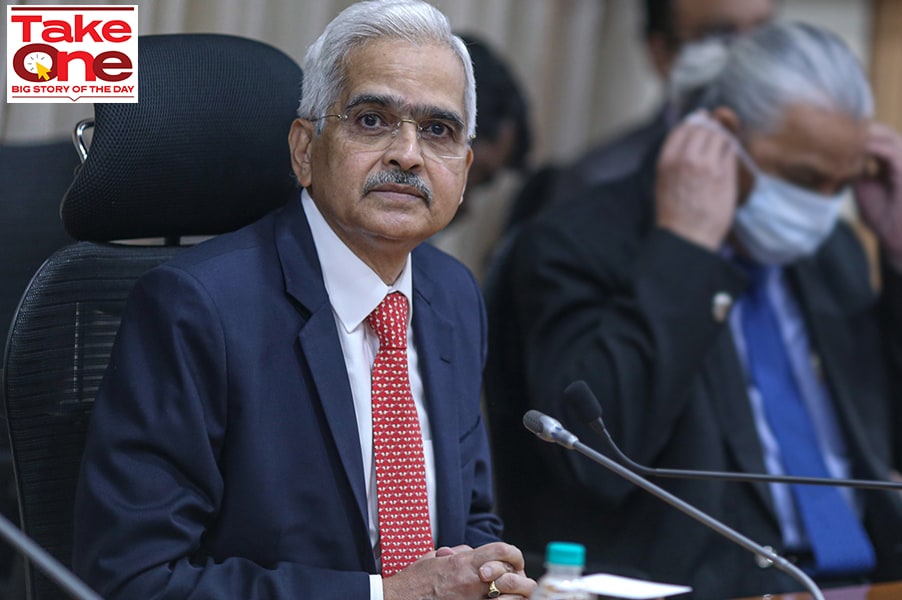
RBI holds fire for now but trains its guns on inflation
Central bank signals focus on withdrawal of accommodation, cuts GDP forecast to 7.2 percent and raises inflation forecast to 5.7 percent in FY23
 Reserve Bank of India (RBI) Governor Shaktikanta Das
Image: Dhiraj Singh/Bloomberg via Getty Images
Reserve Bank of India (RBI) Governor Shaktikanta Das
Image: Dhiraj Singh/Bloomberg via Getty Images
Reserve Bank of India (RBI) Governor Shaktikanta Das once again hailed the power of faith in riding economic turbulence as it prepares for a soft landing after over two years of ultra-accommodative monetary policy. “It is faith that steers us through stormy seas, faith that moves mountains and faith that jumps across the ocean,” Das said, quoting Mahatma Gandhi.
Faith will play a key role as markets brace for heightened risks fanned by rising inflation and anaemic growth. The first monetary policy of the current fiscal year was on expected lines: The Monetary Policy Committee (MPC) unanimously voted to retain the benchmark repo rate at 4 percent and remain accommodative. But, with riders.
The policy underlined that the central bank will “remain accommodative while focusing on withdrawal of accommodation to ensure that inflation remains within the target going forward, while supporting growth”.
In a bid to do so, without rocking the boat suddenly, the standing deposit facility (SDF) rate has been newly set as the floor of the liquidity adjustment facility (LAF) corridor at 3.75 percent. With this move, the reverse repo rate has now been rendered defunct in effect.
In clear terms, the Reserve Bank’s MPC has telegraphed its move towards normalisation to tackle inflation, which breached the upper threshold of 6 percent in January and February.













